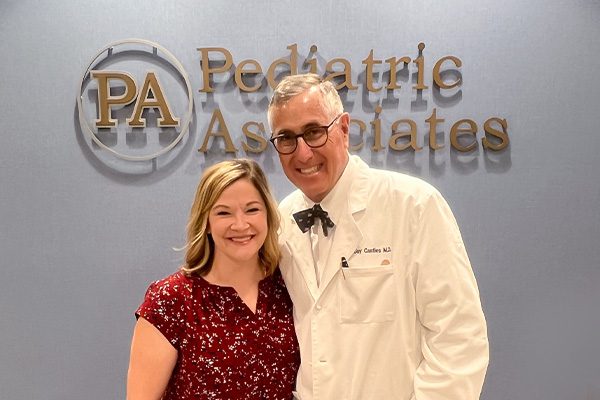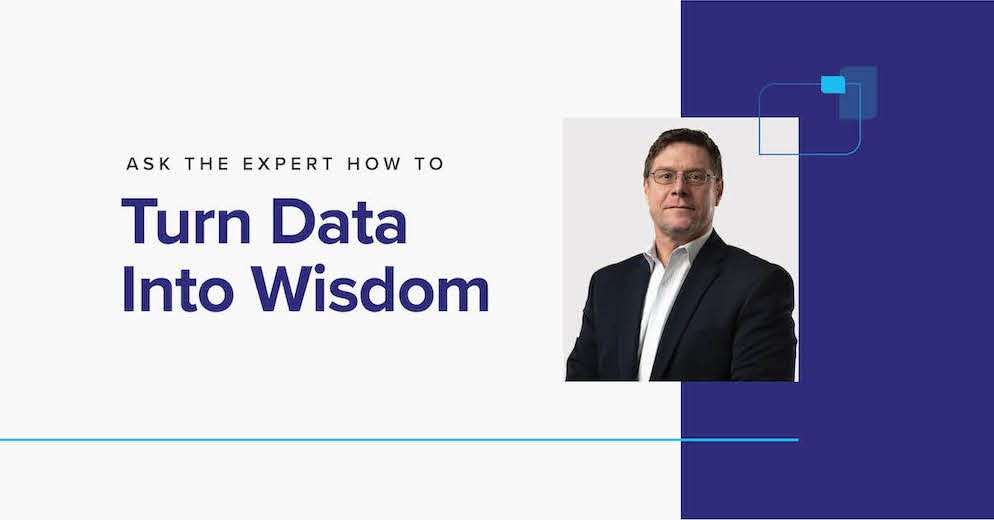Proactive MD cares about the whole patient—including their mental health—which is why we are recognizing PTSD Awareness Month. PTSD, or post-traumatic stress disorder, is a mental health issue that can affect any age group or gender that experiences or witnesses a traumatic event. After trauma occurs, when and if PTSD develops depends on factors of each individual case. In fact, 1 in 13 people will develop PTSD at some point in their life.
Those at risk
Any person at any age has the potential to develop PTSD. The three main categories of trauma causes are war and combat, violence and abuse, and disaster and terrorism. Although PTSD is not unique to any one type of person, there are certain groups of people that experience one category of trauma more often than others. Men are more likely to experience trauma in the form of accidents, combat, physical violence, disaster, and witnessing death or injury; whereas women are more likely to experience sexual violence and child sexual abuse.
What are the symptoms?
Symptoms of PTSD, and when these symptoms appear after trauma, are different for every individual. Most often, symptoms appear right after trauma occurs. However, sometimes they will not appear until months or even years after a traumatic event. There are four main types of PTSD symptoms:
1) Reliving the event
One may experience memories of past trauma in the form of nightmares, flashbacks, and triggers.
2) Avoiding situations that remind you of the event
One may actively avoid situations, other people, and fictional depictions that trigger their past trauma.
3) Negative changes in beliefs and feelings
One may be wary of new and existing relationships, change the way they think about themselves and those around them, and become generally distrusting.
4) Hyperarousal (feeling agitated and apprehensive)
One may feel the need to always be on guard, alert, and can become easily startled or unfocused.
PTSD does not feel or look the same for everyone. These symptoms, while common for those suffering from PTSD, are not a comprehensive list of every symptom that may occur. For instance, children who suffer from PTSD may experience the above symptoms, or different symptoms depending on how young they are.
Treating PTSD
The treatments for PTSD can cater to the unique ways in which every individual experiences PTSD and typically fall into two categories: counseling and medication. Some patients may need a combination of the two, while others may need a more focused form of counseling such as Cognitive Processing Therapy, Prolonged Exposure, or Eye Movement Desensitization and Reprocessing. As the result of treatment, symptoms can be diminished or even removed altogether.
PTSD is a non-discriminatory disorder—it can affect anyone at any time. This is why we are so passionate about raising awareness of PTSD and its symptoms. We want all of our patients to find healing and support both inside and outside the walls of our Health Center.
If you feel like you are experiencing symptoms of PTSD, please contact your provider.
If you are in need of immediate support:
- Call 911
- Go to the nearest Emergency Room
- Contact the National Suicide Prevention Lifeline: 1-800-273-8255
- En Español: 1-888-628-9454
- Or the Veterans Crisis Line:
- 1-800-273-8255, press 1
- Send a text to 838255
- Chat online Confidential Veterans Chat
Sources:




